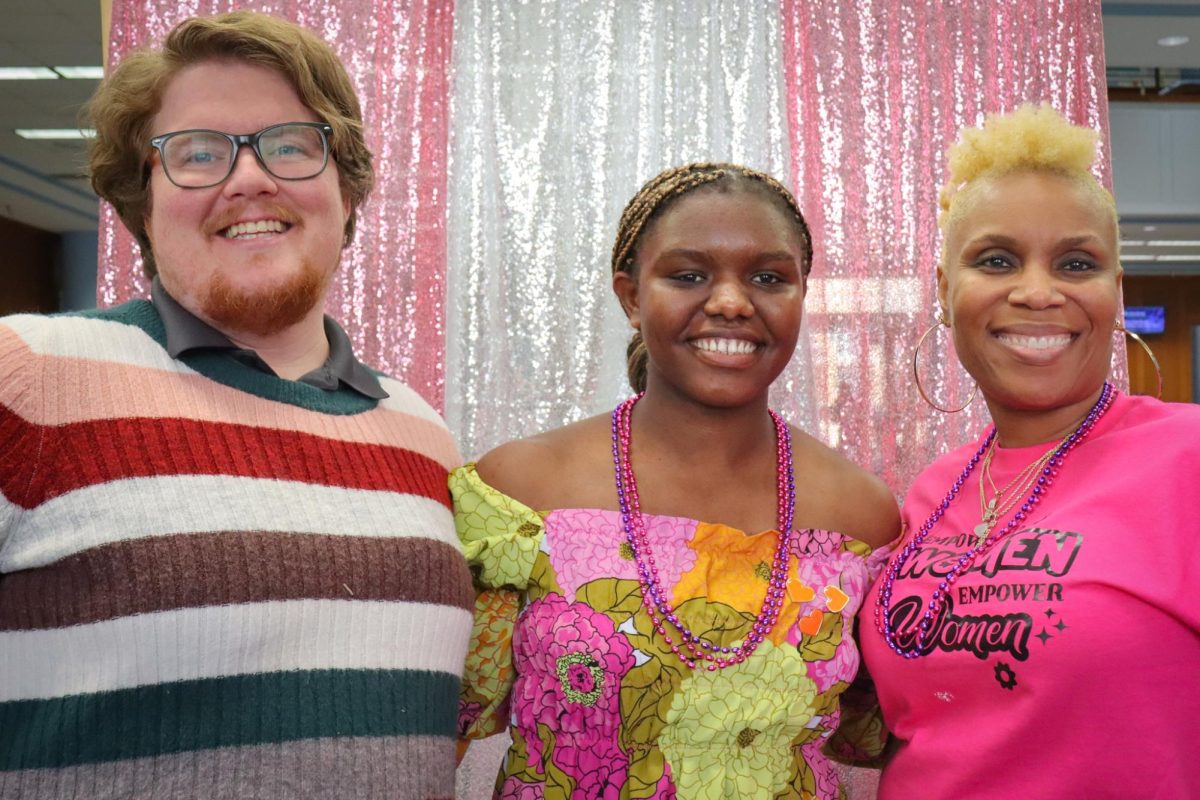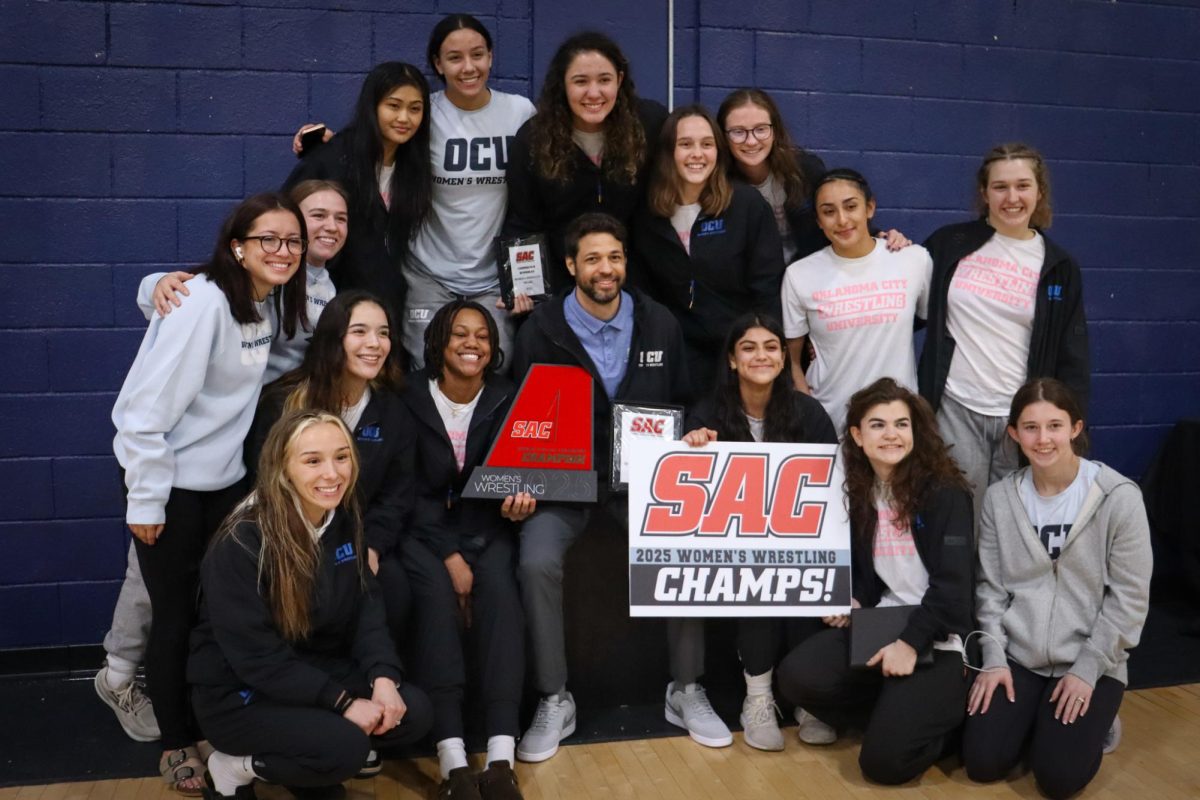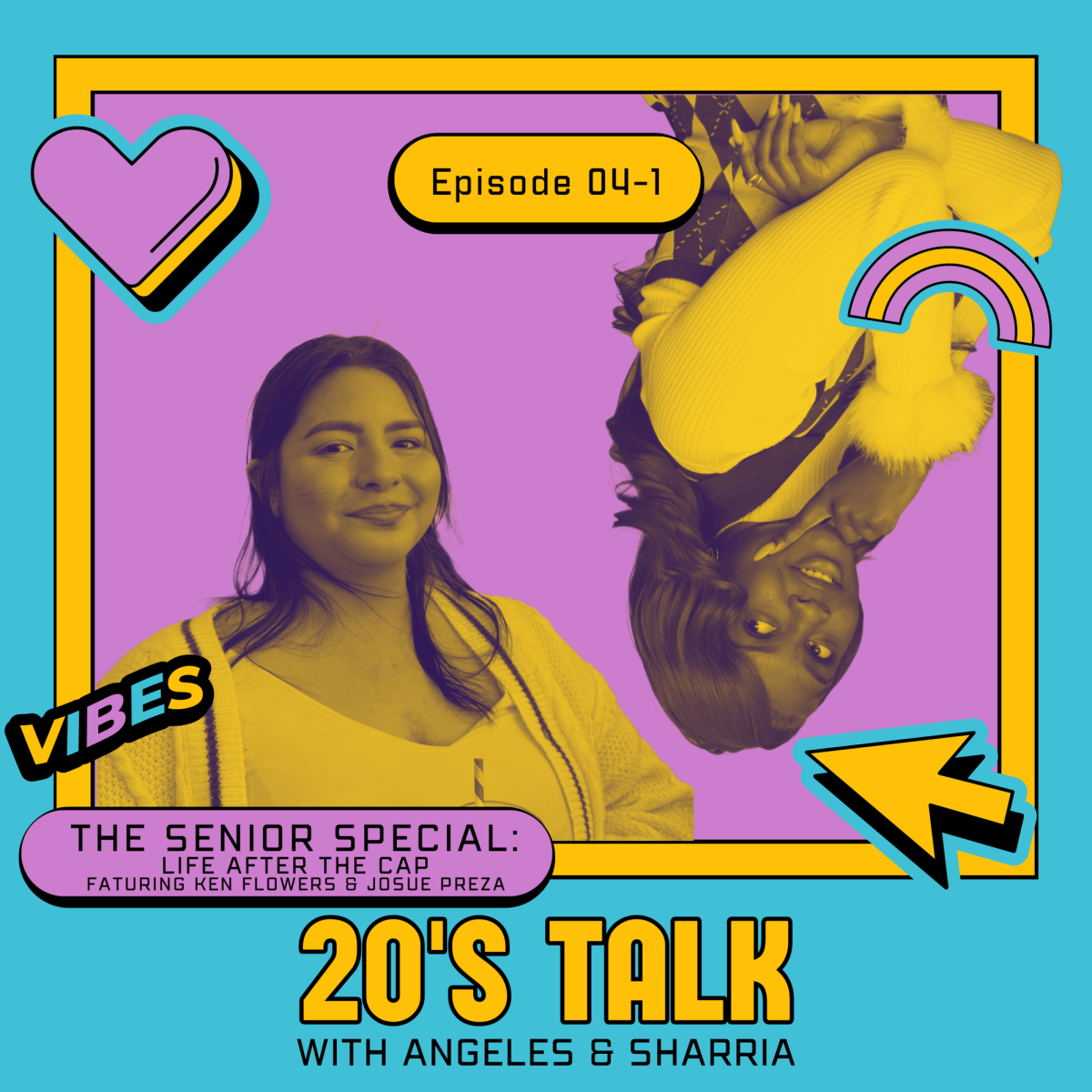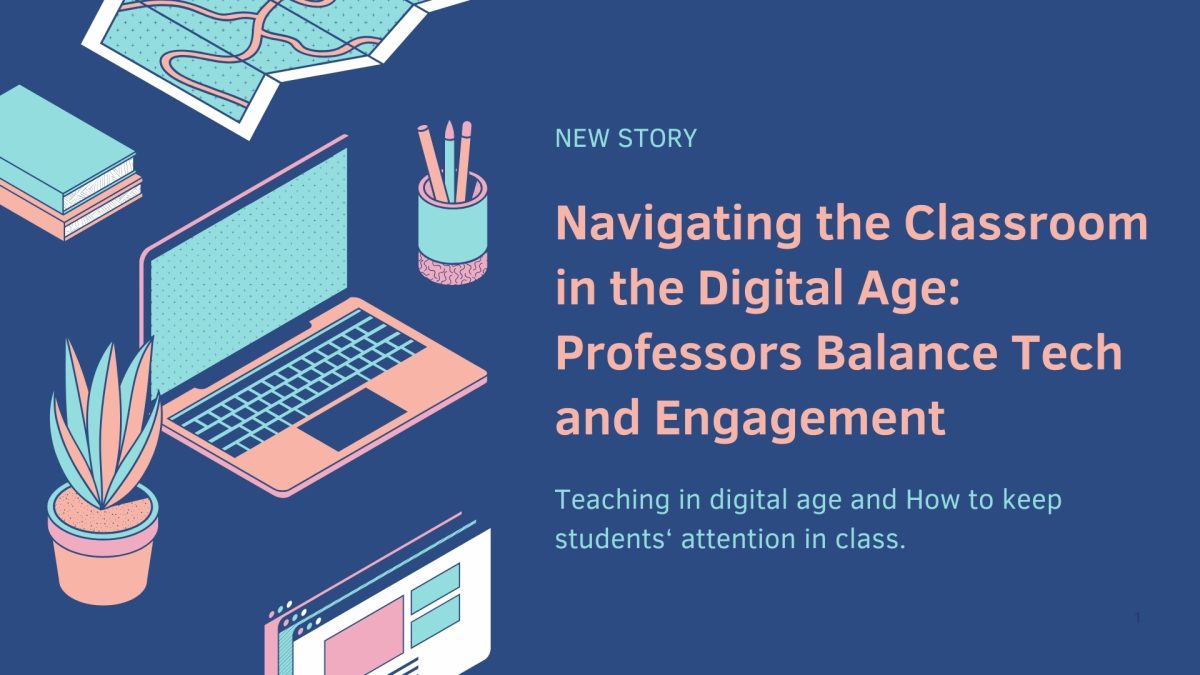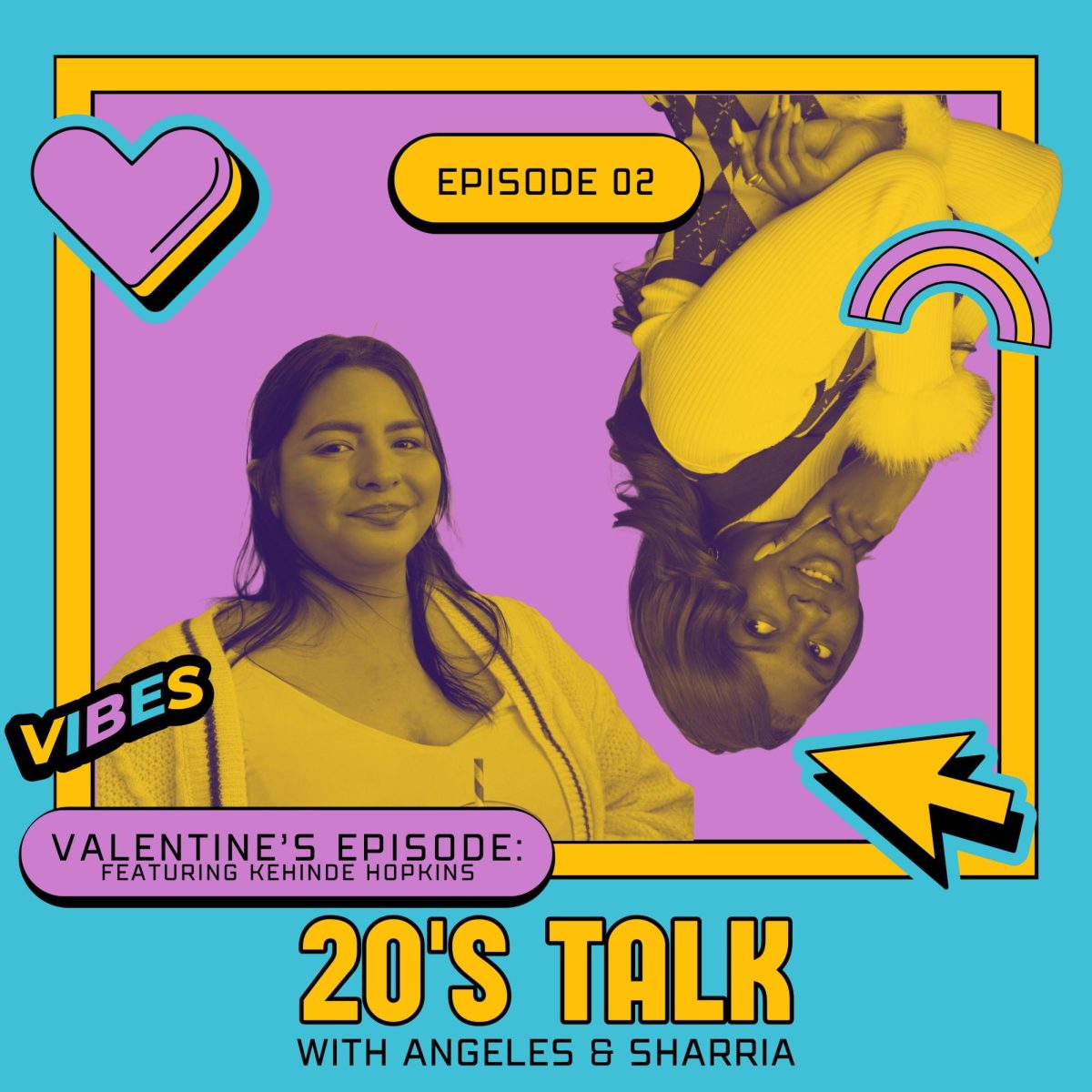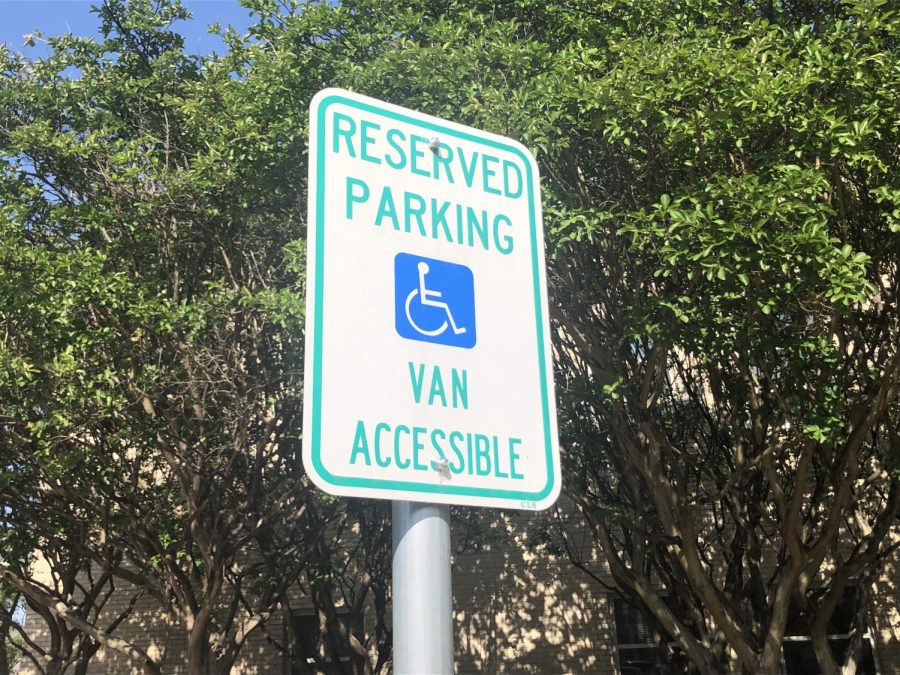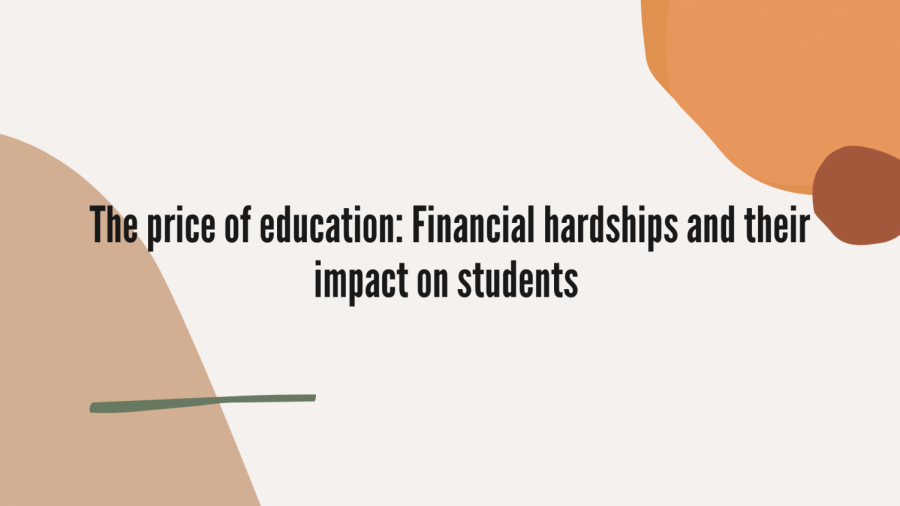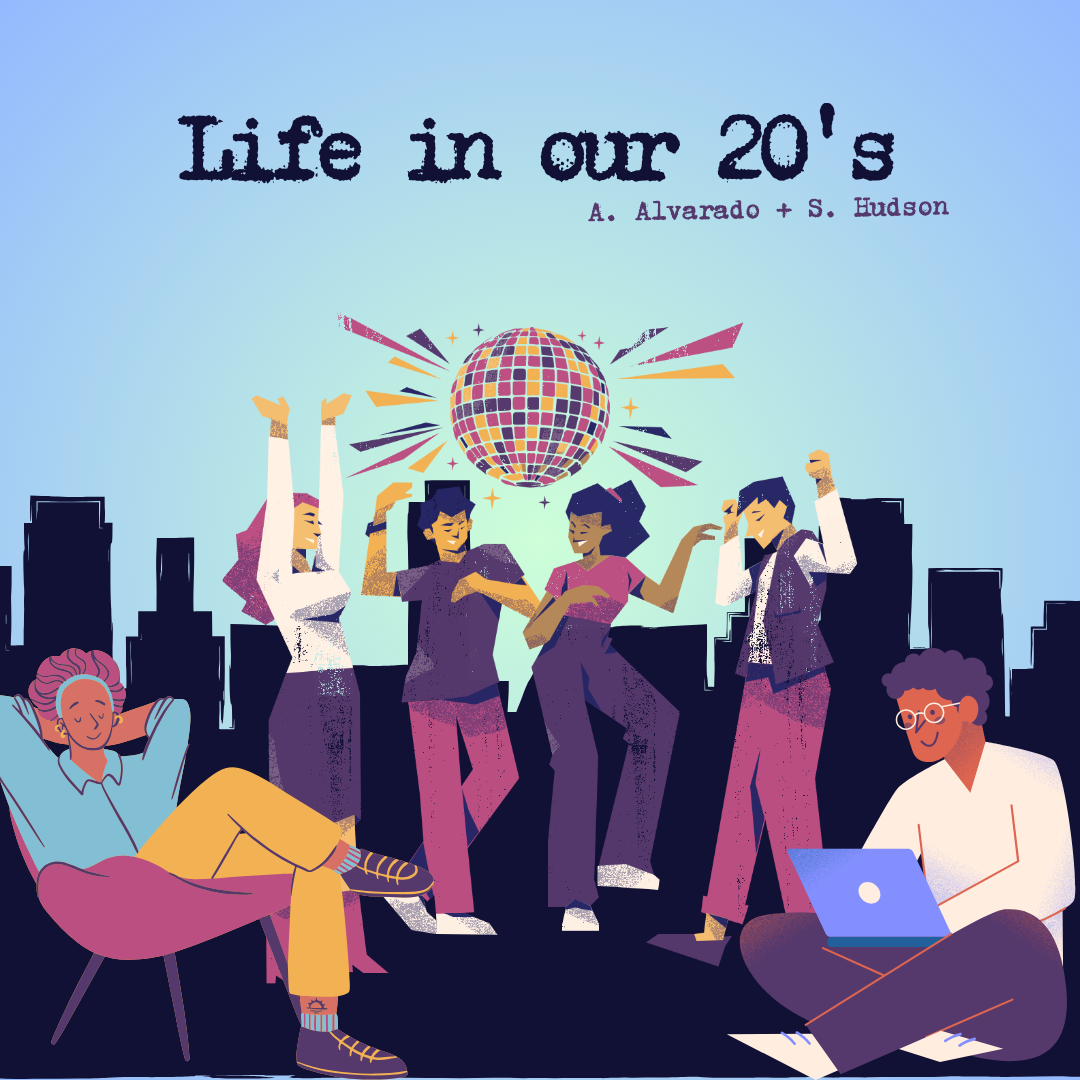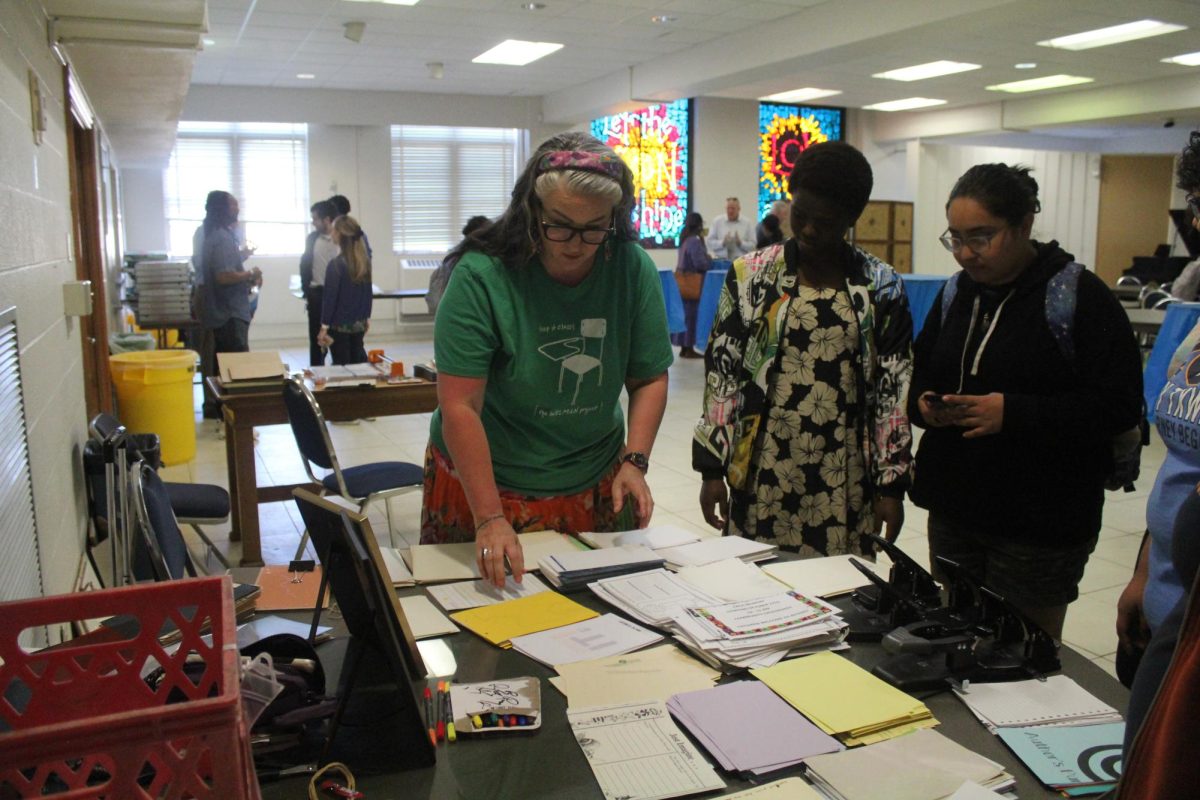The Bernice Coulter Templeton Art Studio will begin showing a new art exhibit, “Hope,” on Monday.
The artist is Chicago native Martin Brief.
“The exhibition is made up of 1,116 small oil pastel drawings mounted on the walls of the gallery in a grid,” Brief wrote in an email from his home in Missouri.
Brief wrote that it took him some time to complete the set of artwork.
“I began working on this project in November 2017 and finished it in early 2019,” he wrote. “I worked on it intermittently over that period of time.”
As the title of the exhibition suggests, Brief wrote that his artwork revolves around hope.
“This project is an exploration into what hope means or simply a meditation on hope,” he wrote. “In late 2016 a strong feeling of hopelessness gripped me and many of the people in my community. This work is a response to that feeling.”
Brief explained that the title of the collection is partly due to the process he used in creating each oil pastel drawing.
“Each piece begins as a drawing of the word hope and when that drawing is complete, I smeared the oil pastel until the word was no longer visible,” he wrote. “Each drawing in the gallery is a drawing of hope.”
He wrote that he didn’t have any major struggles creating the art, but he remembers having two main challenges.
“The only two things that come to mind are (this first one is always a struggle) making time to do the work, and keeping my fingers from bleeding from the pressure required to smear the oil pastel,” he wrote.
Brief wrote that he has something he would like to accomplish with “Hope.”
“I would like it to encourage conversations about what hope means and how to use hope in positive ways,” he wrote.
Professor of Art Kit Hall directs the Templeton Art Studio where “Hope” is being displayed.
Hall, along with the help of freshman biology major Thrupti Parekh, psychology major Lakindra Mitchell, and Professor of Art Terri Cummings, put up all 1,116 drawings.
Hall said Brief submitted one of the 18 proposals the Art Exhibit Committee reviewed.
The committee is composed of Hall, Cummings, Dr. Carl Smeller, and Texas Wesleyan alumni Angel Fernandez.
“When we saw his proposal, we all went ‘Wow!’ because it is so dynamic and intense,” Hall said.
Hall describes Brief’s collection of art as “obsessive compulsive.”
“There are specific measurements [Brief] wants around each piece,” she said in regard to the set up of the display. “There are 1,116 pieces so there is a very rigid way he wants them displayed, but each drawing is not rigid. The display of it is very architectural.”
Hall said each piece is unique and no two pieces are alike.
“Each one of the [drawings] are very expressive,” she said. “They are sometimes a little bit messy, but not around the edges. That is very painterly.”
Hall said that since Brief started off each drawing with the word “hope” and then made the word not visible using black oil pastels, the meaning of the artwork is up for interpretation.
“You have to ask yourself, ‘How do you define hope?’” she said. “You may hope for money, good health, work and all the different types of hope there are. To me, once people walk in the gallery, they will be surrounded by hope and that definition of hope is what you make of it.”
Hall said the Brief’s type of artwork may be hard for people to understand.
“Conceptual art is very contemporary, even more so than the art we have had in the gallery thus far, so it is a little bit hard for people to understand, which is not bad,” she said. “People come in and ask, ‘Why isn’t it a picture? What does this mean?’ That is a wonderful discussion to be having for faculty and students.”
For people who are not experienced at looking at art, Hall said she recommends they look at the exhibition notebook that will be located outside the gallery.
“It gives an artist statement that gives and explanation of what the artist intent is and his credentials,” she said. “I think it is important for people to educate themselves and then come in and see what they glean from the whole thing.”
Hall hopes people who see the exhibit give it a chance.
“It is different from anything Wesleyan has ever shown,” she said.
Hall thinks it is a good thing that the gallery gets to display artwork that is creative.
“I think that is a good thing,” she said. “That is what education is all about — exposing everyone to something they haven’t been exposed to before.”
Parekh said that when she first saw the artwork and was told about the process Brief used to create each piece, she didn’t know how people would be able to understand that the exhibit is about hope if the word was scribbled out.
“When I told [Hall] my concern, she told me that that was the whole point of the artwork,” Parekh said. “The message is that you have to figure out where the hope is and that it is inside you. When people see the art, it will create hope in their heart.”
“Hope” runs from April 8 to May 2 at the Bernice Coulter Templeton Art Studio. The studio is located at 1415 E. Vaughn Street; hours are 10 a.m. to 3 p.m. Monday through Thursday. For more information go to txwes.edu.
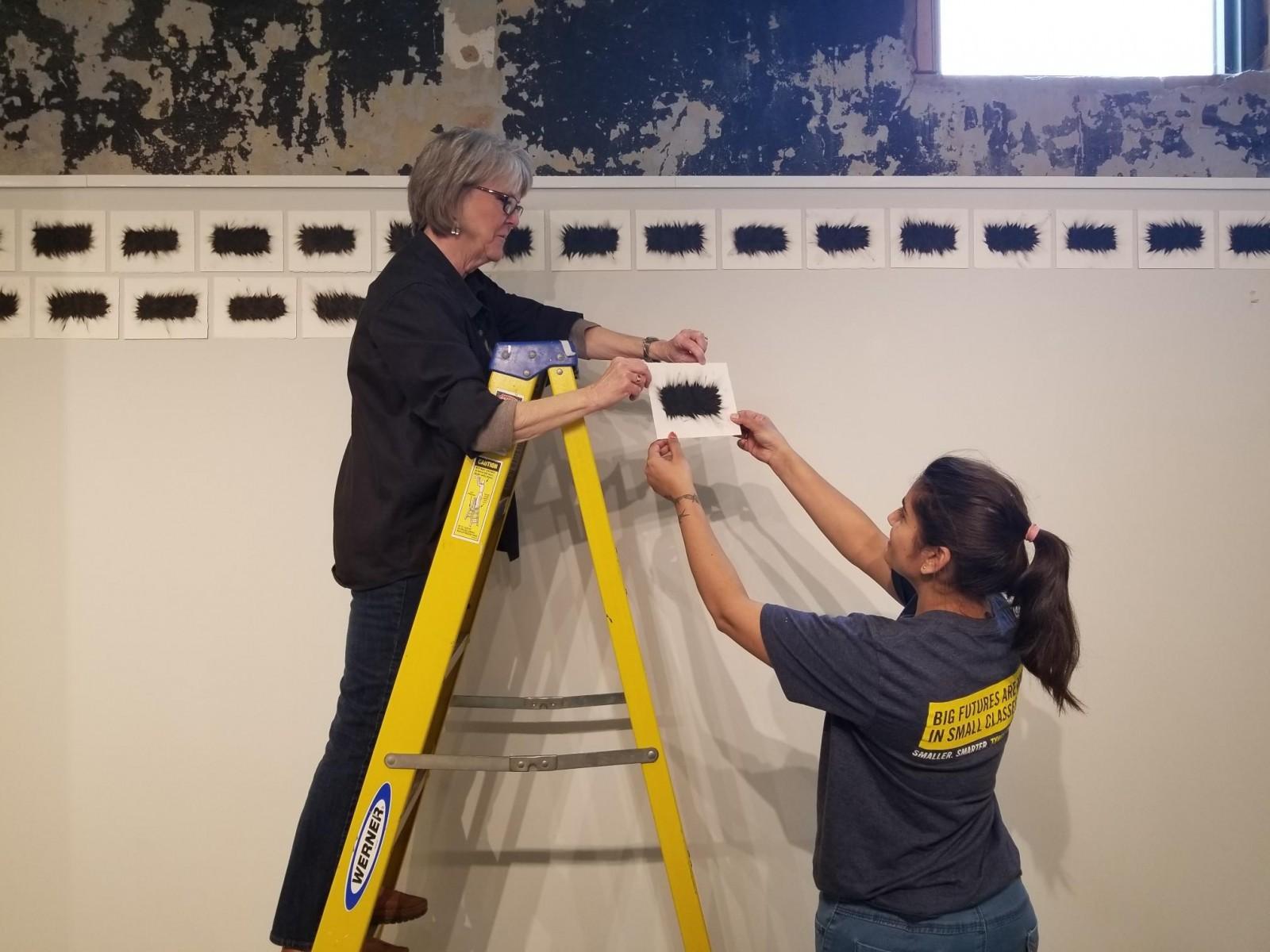
Photo by Elena Maldonado
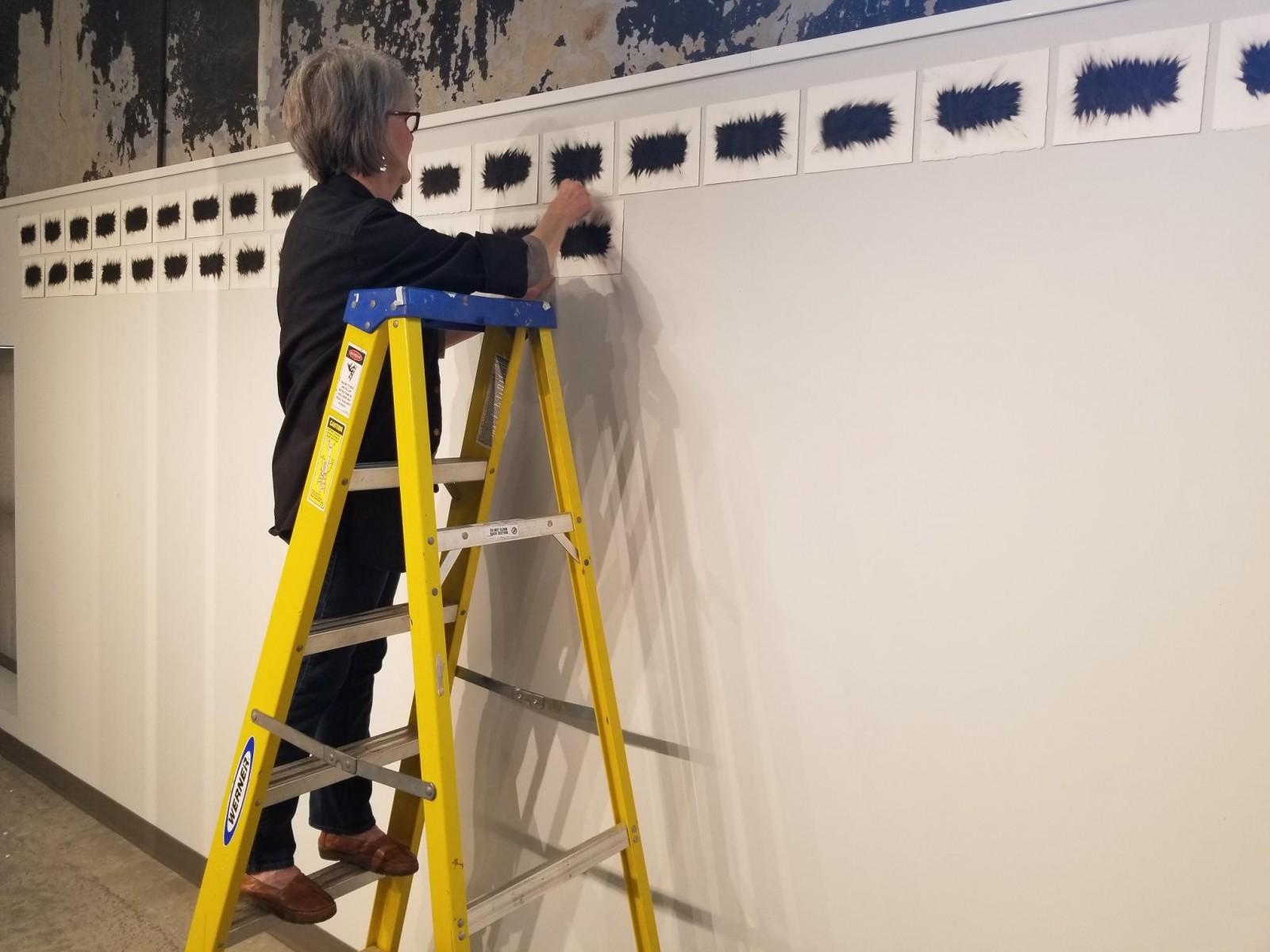
Photo by Elena Maldonado


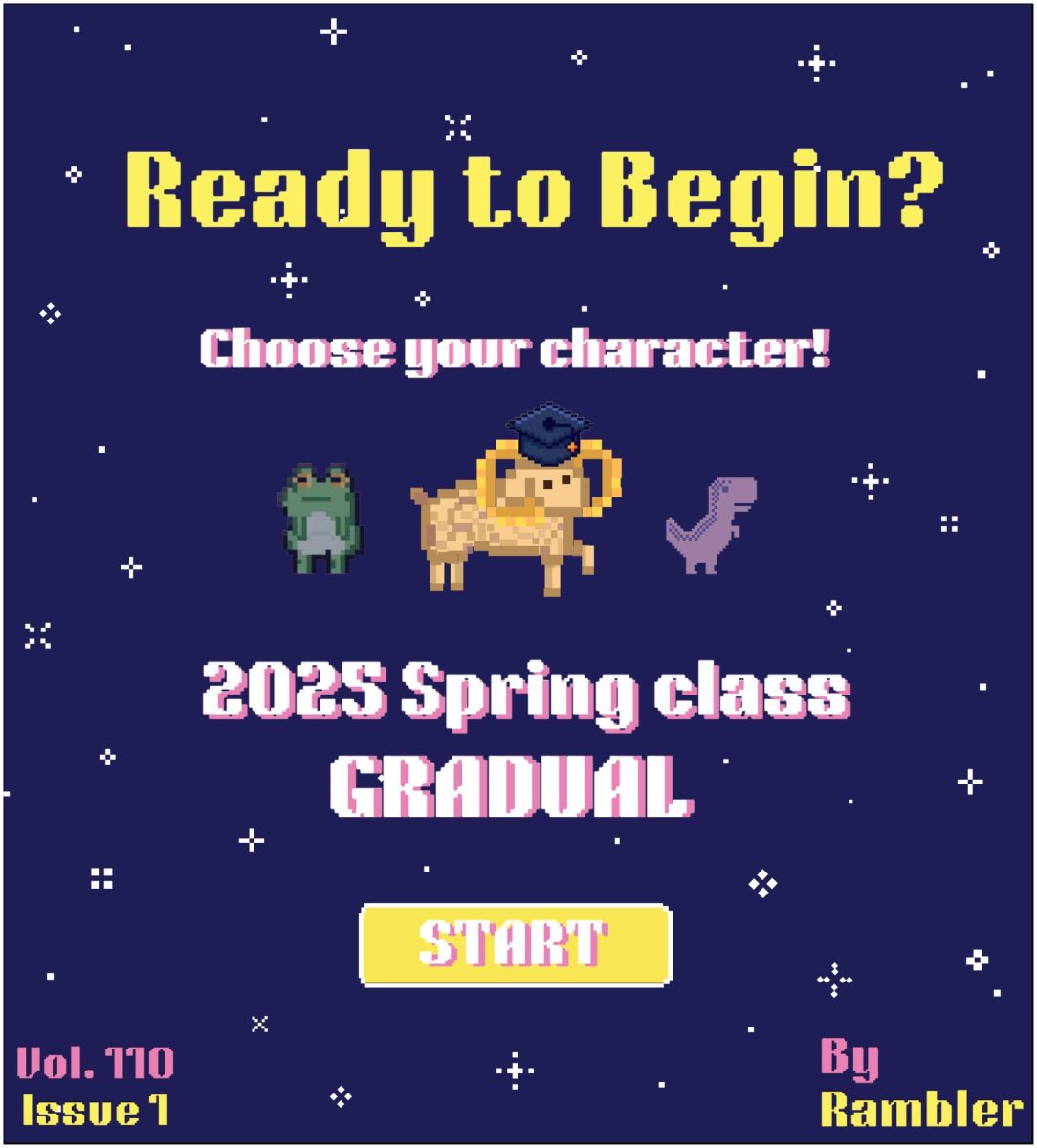
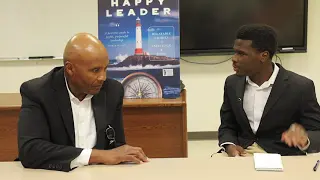
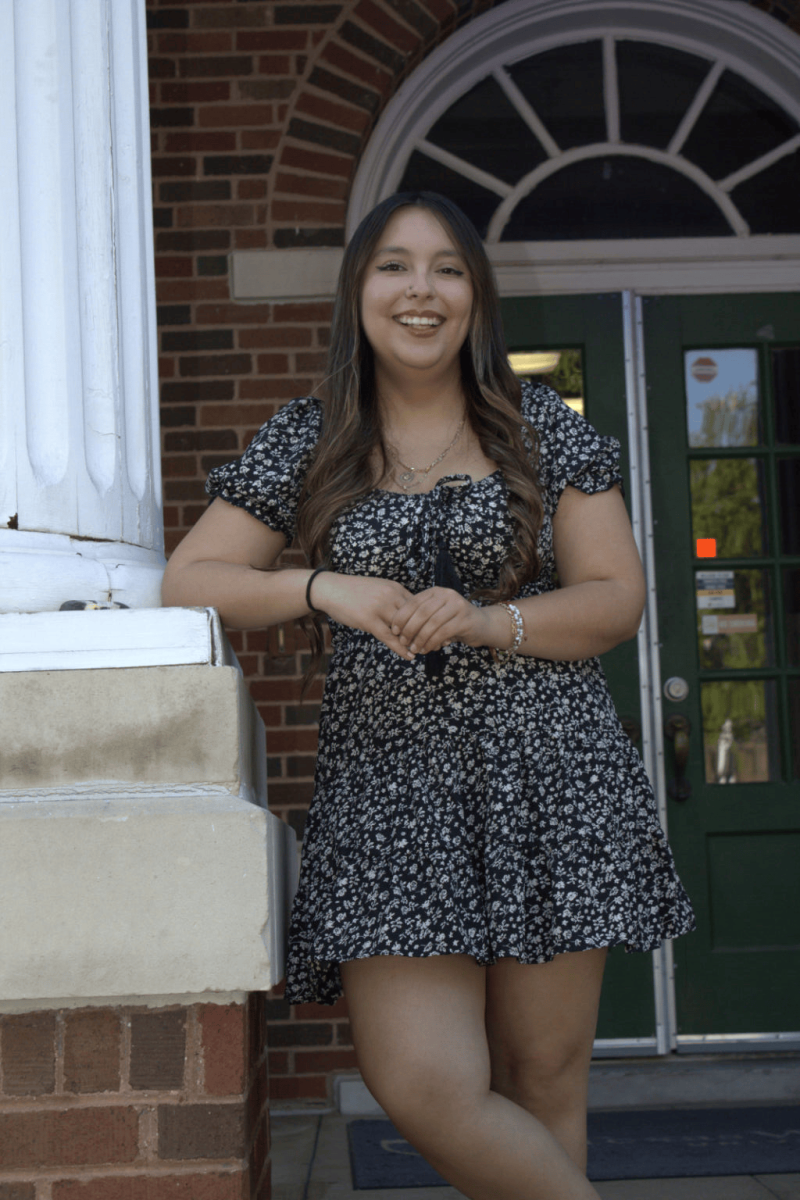
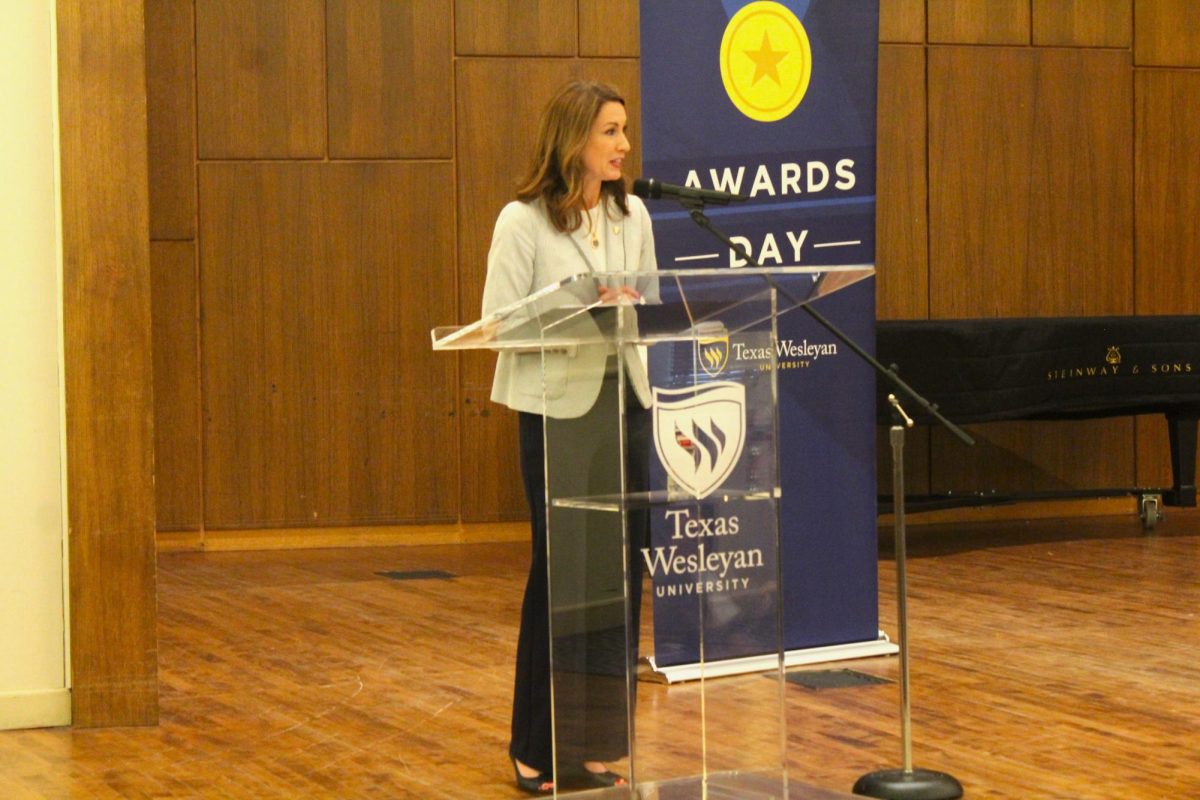
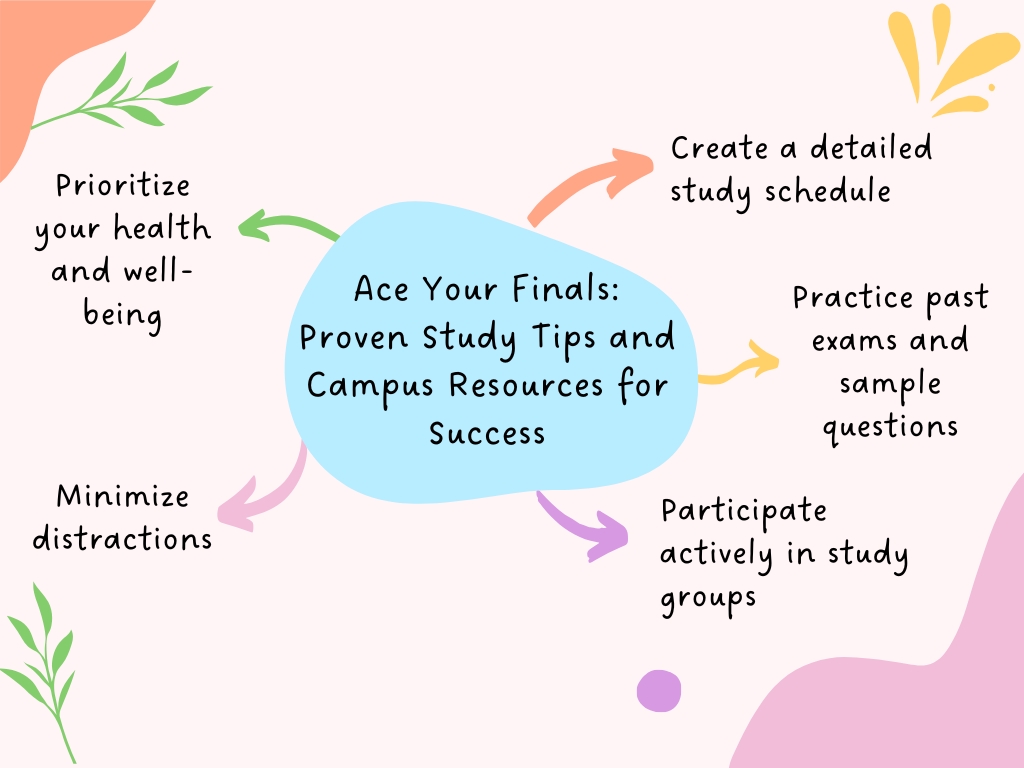

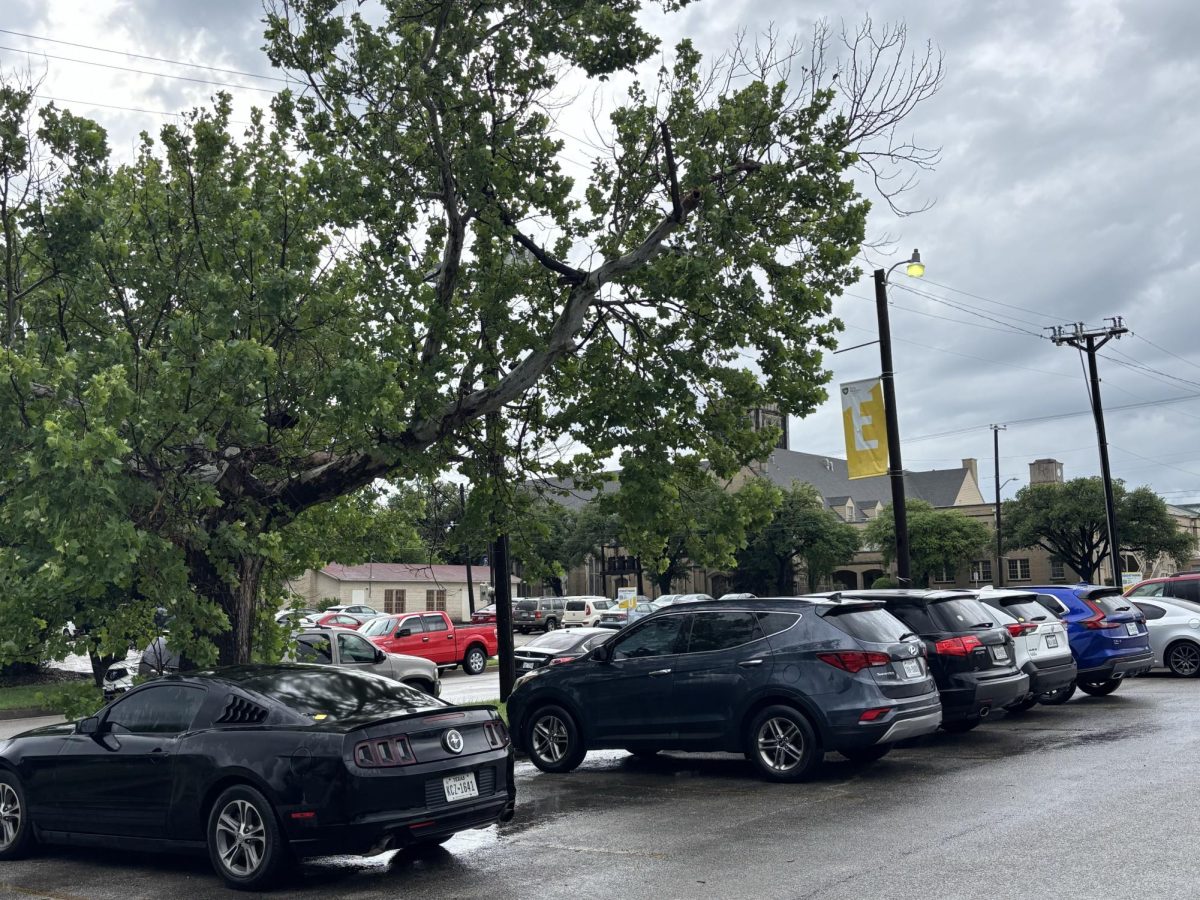
![Pippin, played by Hunter Heart, leads a musical number in the second act of the musical. [Photo courtesy Kris Ikejiri]](https://therambler.org/wp-content/uploads/2025/04/Pippin-Review-1200x800.jpg)
![Harriet and Warren, played by Trinity Chenault and Trent Cole, embrace in a hug [Photo courtesy Lauren Hunt]](https://therambler.org/wp-content/uploads/2025/02/lettersfromthelibrary_01-1200x800.jpg)
![Samantha Barragan celebrates following victory in a bout. [Photo courtesy Tu Pha]](https://therambler.org/wp-content/uploads/2025/05/20250504_164435000_iOS-834x1200.jpg)
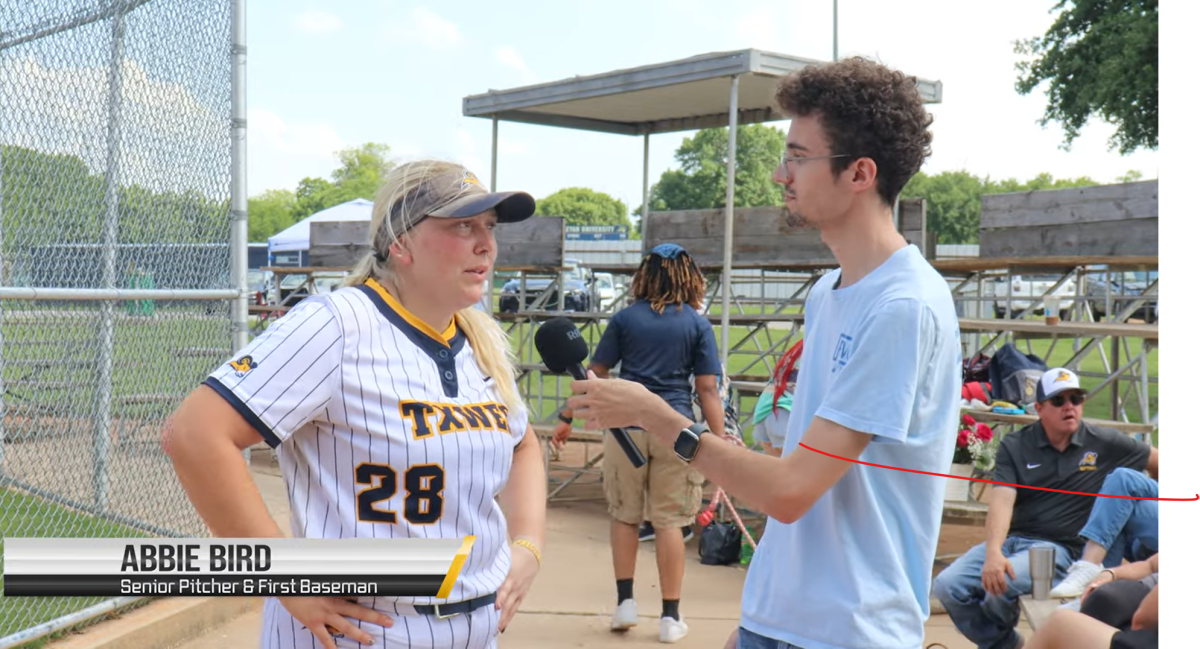


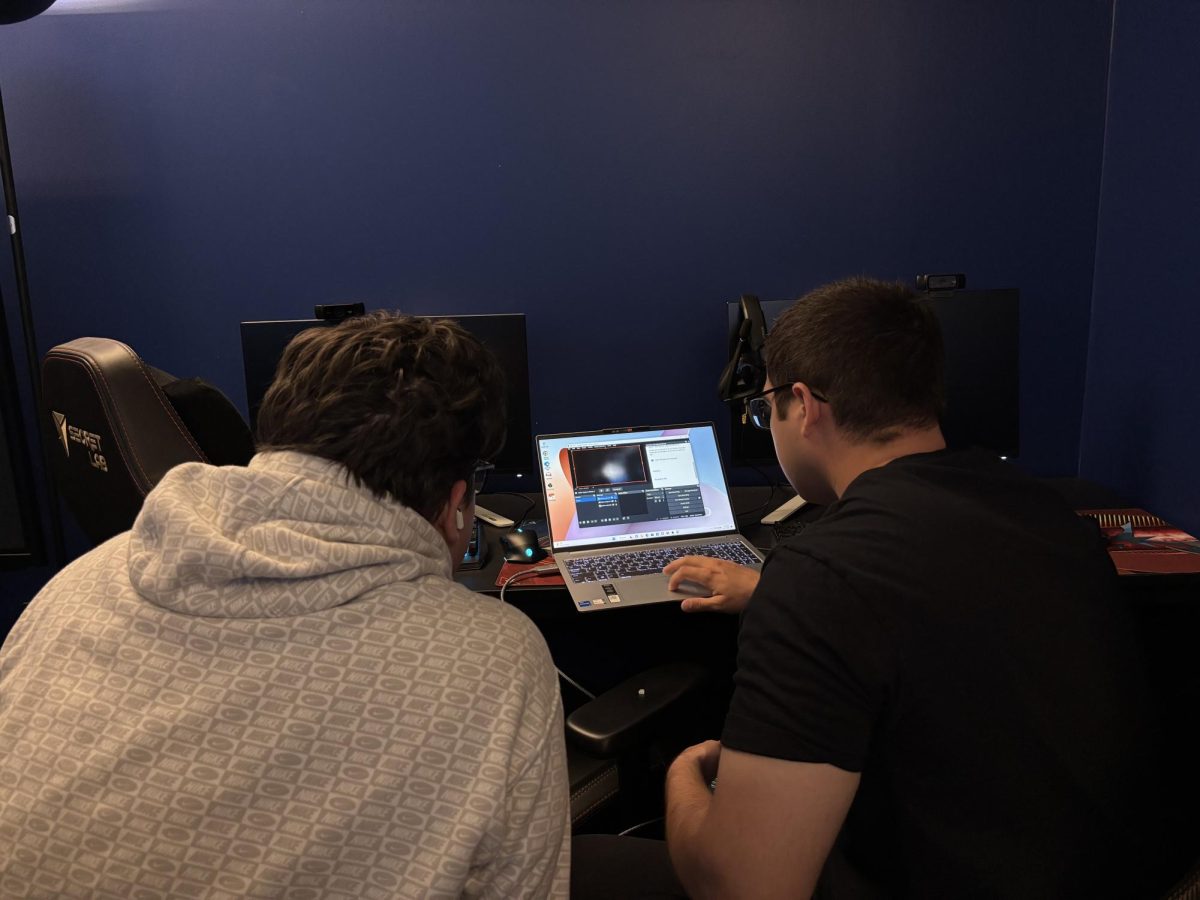
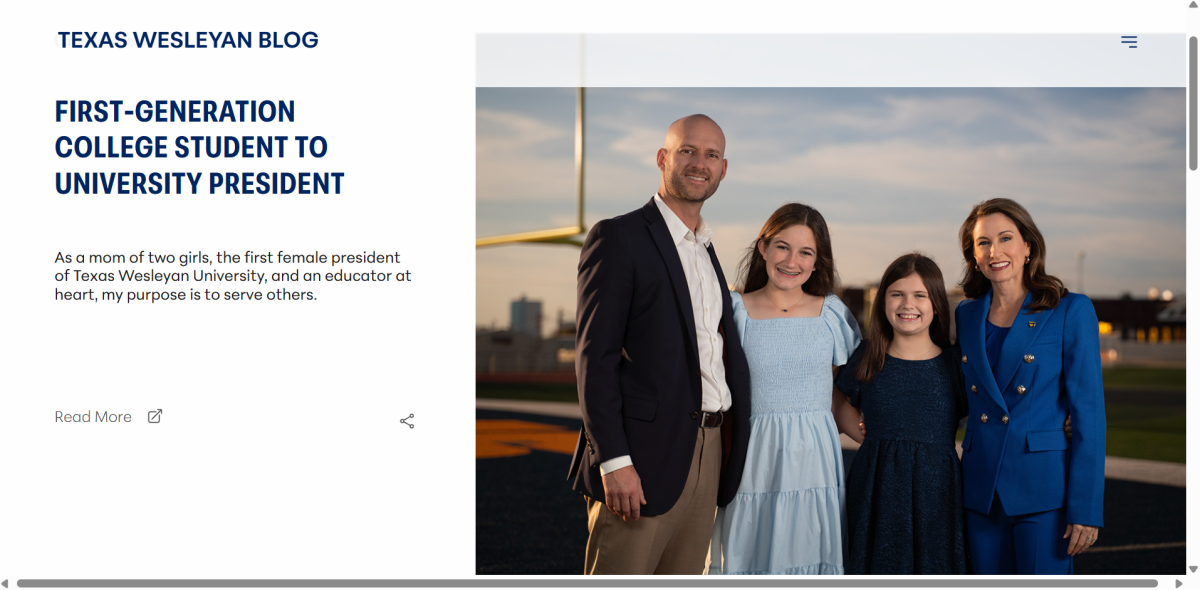
![Hunter Heart (center), the play's lead, rehearses a scene alongside other student actors. [Photo courtesy Jacob Sanchez]](https://therambler.org/wp-content/uploads/2025/04/thumbnail_IMG_8412-1200x816.jpg)
![Student actors rehearse for Pippin, Theatre Wesleyan's upcoming musical. [Photo courtesy Jacob Rivera-Sanchez]](https://therambler.org/wp-content/uploads/2025/04/Pippin-Preview-1200x739.jpg)
![[Photo courtesy Brooklyn Rowe]](https://therambler.org/wp-content/uploads/2025/05/CMYK_Shaiza_4227-1080x1200.jpg)
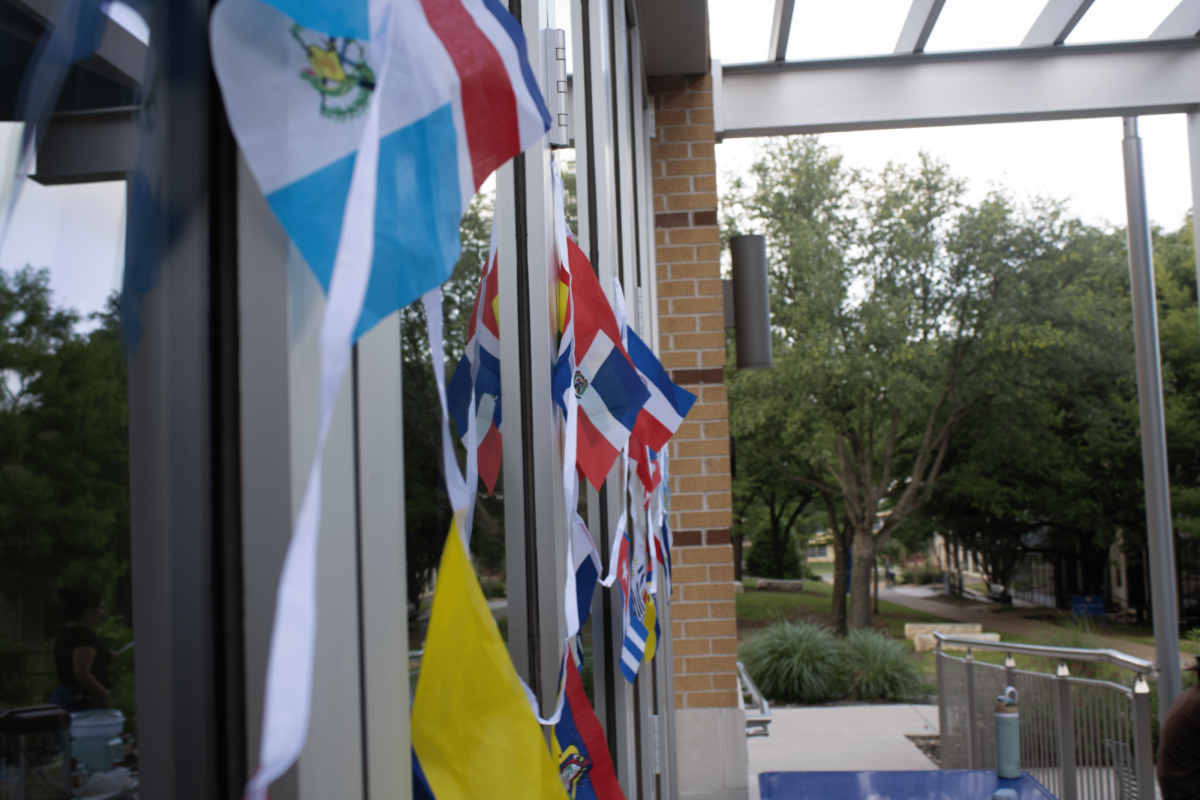
![Lady Rams softball wraps up weekend against Nelson Lions with a victory [6 – 1]](https://therambler.org/wp-content/uploads/2025/04/Screenshot-2025-04-04-100924-1200x647.png)
